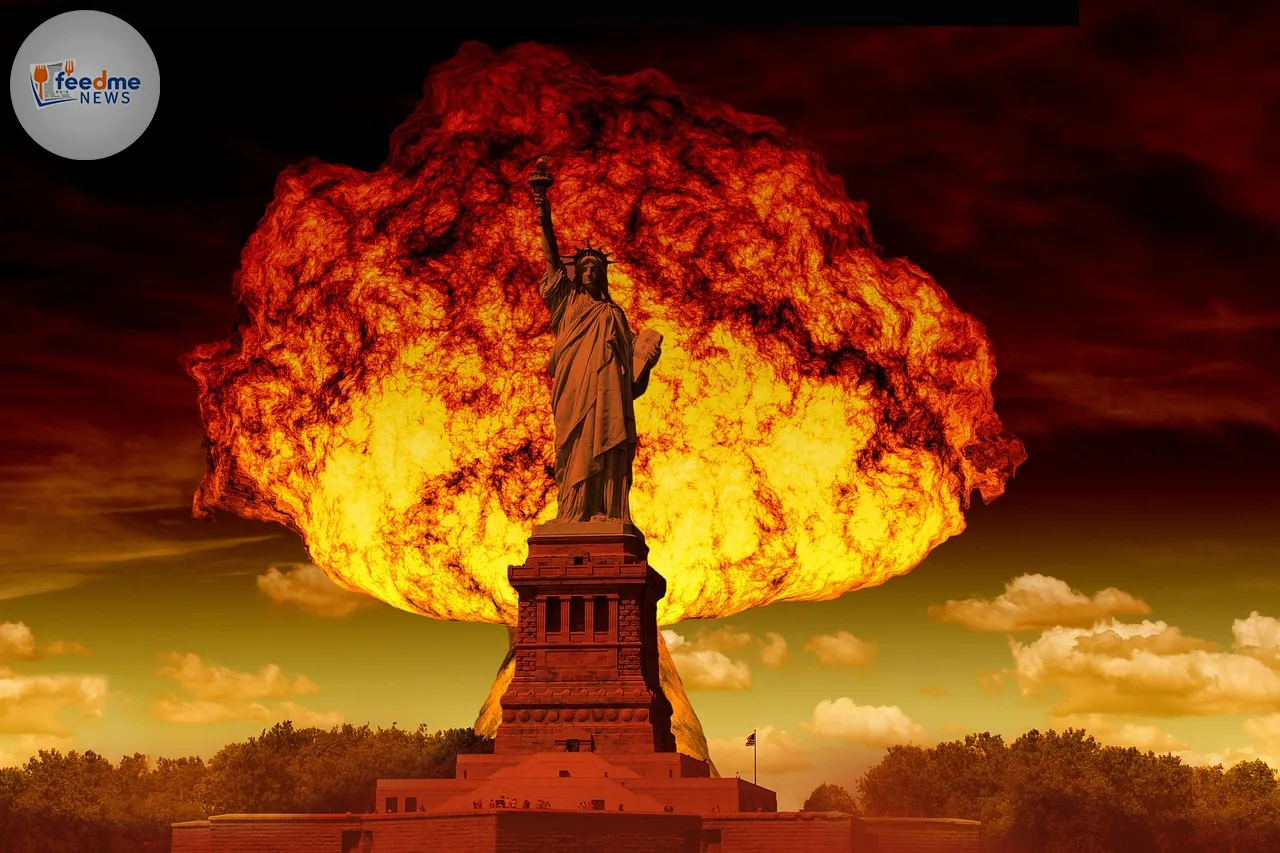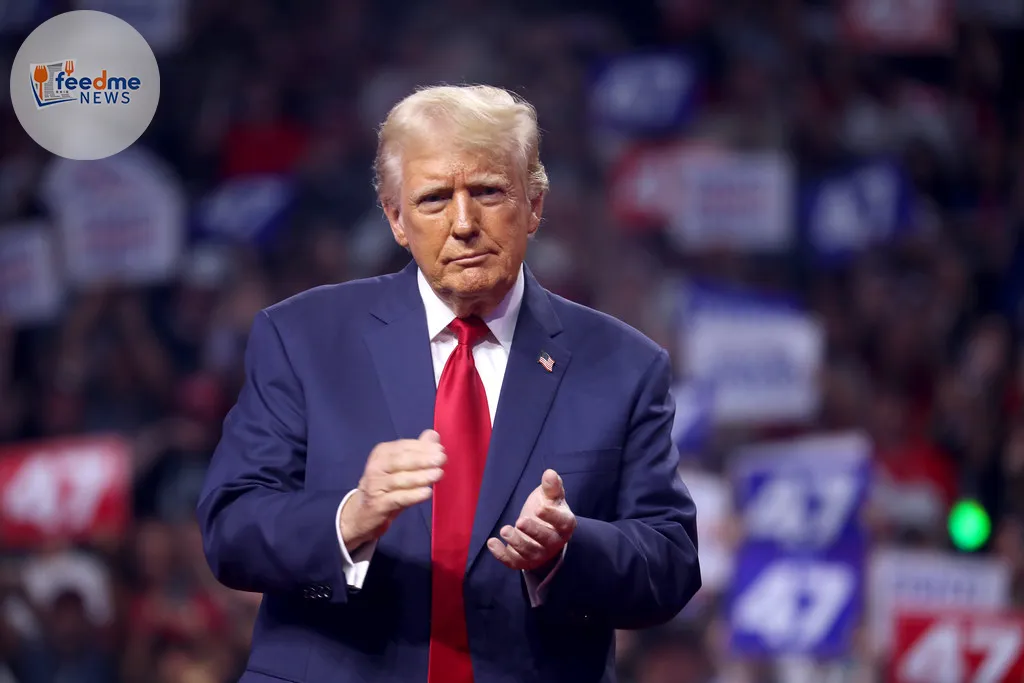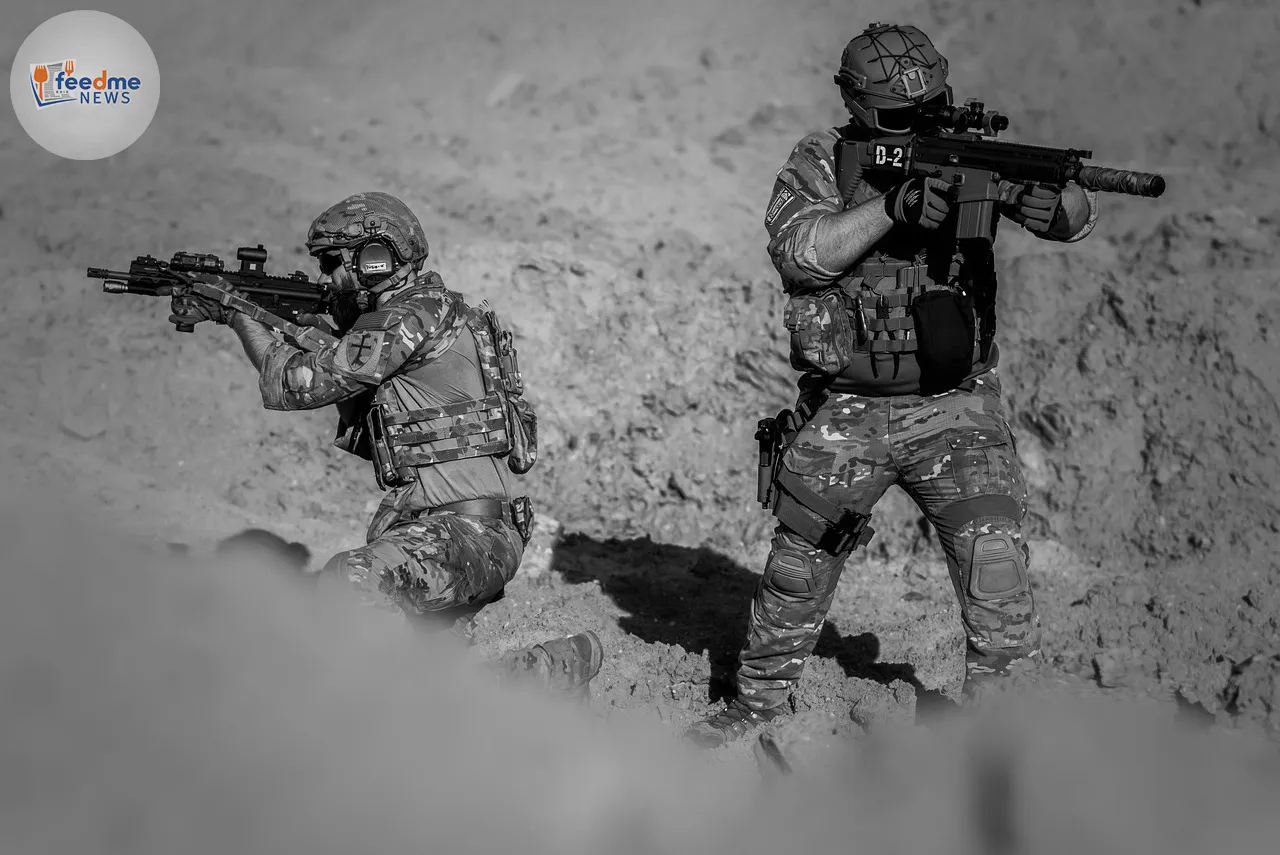Lead:
Donald Trump has ordered the Pentagon to begin testing US nuclear weapons, saying the United States should act “on an equal basis” with China and Russia. In a post on Wednesday to his Truth Social platform, the president wrote: “Because of other countries testing programs, I have instructed the Department of War to start testing our Nuclear Weapons on an equal basis. That process will begin immediately.” The directive came hours before his planned meeting with Chinese President Xi Jinping for high-stakes trade talks, sharpening the geopolitical backdrop and signalling a harder line on strategic competition. The move challenges a nuclear test moratorium that Washington has observed since 1992 and raises fresh questions about the future of global arms control.
Context and Timing:
Trump issued the instruction on Wednesday, ahead of a face-to-face meeting with Xi in South Korea. His post arrived late in the day in Washington and early Thursday in Asia, setting a stark tone for the talks. The Washington Post and the Guardian reported the announcement shortly after it appeared online.

A break with three decades of restraint
The United States has not carried out an explosive nuclear test since 1992, when it adopted a voluntary moratorium that successive administrations kept in place. Since then, US nuclear laboratories have maintained the stockpile through the Stockpile Stewardship Programme, which uses advanced simulations, supercomputing and subcritical experiments that do not produce a self-sustaining nuclear chain reaction. These activities have allowed the United States to certify warhead reliability without detonating a device underground.
Trump’s directive, if implemented as stated, would mark a fundamental shift in practice. It would bring the United States back to a form of testing that the global community has broadly shunned for decades. Arms control experts have long warned that any return to explosive testing by a major power could unravel the fragile consensus that has kept test sites quiet since the end of the Cold War and prompt copycat moves by rivals.
The message to Beijing and Moscow
In his post, Trump referenced China and Russia by name, framing the decision as a response to their “testing programs” and insisting the United States must match them “on an equal basis.” The timing, shortly before he sits down with Xi, gives the announcement additional weight. It signals that strategic leverage and military posture will sit alongside trade and technology on the agenda in his talks with Beijing’s leader.
Russia and China both signed the Comprehensive Nuclear-Test-Ban Treaty (CTBT) in the 1990s, as did the United States. However, the treaty has not entered into force because several key states, including the US and China, have not ratified it. Russia withdrew its ratification in 2023. Against that backdrop, Trump’s language underscores a competitive approach: he seeks to show that Washington will not accept a perceived disadvantage if rivals advance their nuclear capabilities.
What nuclear testing would involve and why it matters
Explosive nuclear testing differs sharply from the subcritical experiments the US has relied on for decades. An explosive test produces a nuclear yield and can validate new warhead designs or changes to existing systems in ways that simulations cannot fully replicate. Proponents argue it provides the highest confidence in weapon performance and deterrence credibility. They say it can speed development of modernised warheads and confirm the ageing stockpile remains safe and effective.
Critics counter that testing carries serious technical, environmental and geopolitical risks. Any detonation—even underground—poses challenges for containment and long-term stewardship of test sites. It would also likely trigger condemnation abroad and weaken barriers that have constrained nuclear competitions since the 1990s. For many governments and non-proliferation advocates, the global testing moratorium has served as a cornerstone of restraint; abandoning it would invite a more dangerous arms race.
Treaty landscape and diplomatic fallout
The CTBT, opened for signature in 1996, bans all nuclear explosions. The United States signed the treaty but never ratified it. China has also not ratified, and Russia reversed its earlier ratification in 2023. Even without entry into force, the treaty created strong norms against testing, backed by a worldwide monitoring system that detects nuclear blasts. A US explosive test now would undercut that norm and complicate diplomatic efforts to limit nuclear risks.
Allies in Europe and Asia have long supported the test ban and the broader non-proliferation regime. Many have argued that the moratorium helps stabilise deterrence and limits escalation. A move by Washington to resume testing would strain those arguments and force allied governments to respond. It would also hand adversaries a ready justification to conduct their own tests, deepening mistrust and making future arms control talks harder to launch.
Pentagon readiness and practical hurdles
Trump’s instruction said the process would begin “immediately,” but any explosive test requires complex planning. US authorities would need to select and prepare a site, set technical parameters, conduct safety and environmental reviews, and coordinate with state and local agencies. Engineers would need to assemble and instrument the device, drill emplacement shafts if required, and ensure containment measures meet regulatory standards. Those steps take time and money, even when facilities and expertise exist.
US test sites have supported subcritical experiments and other activities in recent years, preserving some capability. But explosive testing would demand different procedures and safeguards. Defence officials would need to define the goals—whether to validate a specific design change, generate data for future systems, or send a political signal—and align them with the scientific plan. As a result, “immediately” in political terms may still translate into months of preparation before any potential detonation.
Strategic aims and the Xi meeting
The announcement reframes the backdrop to Trump’s meeting with Xi. Trade, investment, semiconductors and market access already sit at the centre of US–China talks, alongside security tensions in the Indo-Pacific. By raising nuclear testing just before the meeting, Trump places hard power at the forefront and suggests he will link economic negotiations to broader questions of national strength.
Beijing has presented itself as a supporter of global non-proliferation norms while modernising its nuclear forces. Trump’s move challenges that stance and pressures China to respond without derailing the economic dialogue. The optics also play to domestic audiences in both countries, where leaders emphasise resolve in dealings with their chief strategic rival. Whether the gambit yields concessions at the table or hardens positions remains to be seen.
Domestic debate and oversight
A decision to resume nuclear testing would stir political debate in Washington. Lawmakers have oversight of nuclear policy and funding for the nuclear weapons complex. They will press for clarity on the strategic purpose, cost, and timing of any test. They will also weigh the implications for America’s alliances, its non-proliferation commitments, and the credibility of the stockpile stewardship approach that has served for more than three decades.
The nuclear enterprise touches several federal agencies, national laboratories and contractors. Any shift will ripple through budgets and priorities, affecting warhead life-extension programmes and modernisation plans. It could also draw legal and regulatory scrutiny, particularly around environmental reviews. As the process unfolds, courts, Congress and state authorities may all play roles in shaping the practical path forward.
Wrap-Up:
Trump’s order to the Pentagon marks a sharp turn in US nuclear policy and sets a confrontational tone ahead of his talks with Xi. By citing Russia and China and calling for testing “on an equal basis,” he has fused domestic nuclear posture with high-stakes diplomacy. The directive challenges a three-decade moratorium and risks a broader breakdown of norms built around the CTBT, which remains unsigned into force. Any explosive test would require significant preparation, but the political signal landed at once. Allies and rivals will now gauge whether Washington follows through and how far the United States will go to reassert nuclear dominance. The coming days will show whether the announcement shapes the Xi meeting—and whether it ushers in a new, more volatile phase in the global nuclear order.





